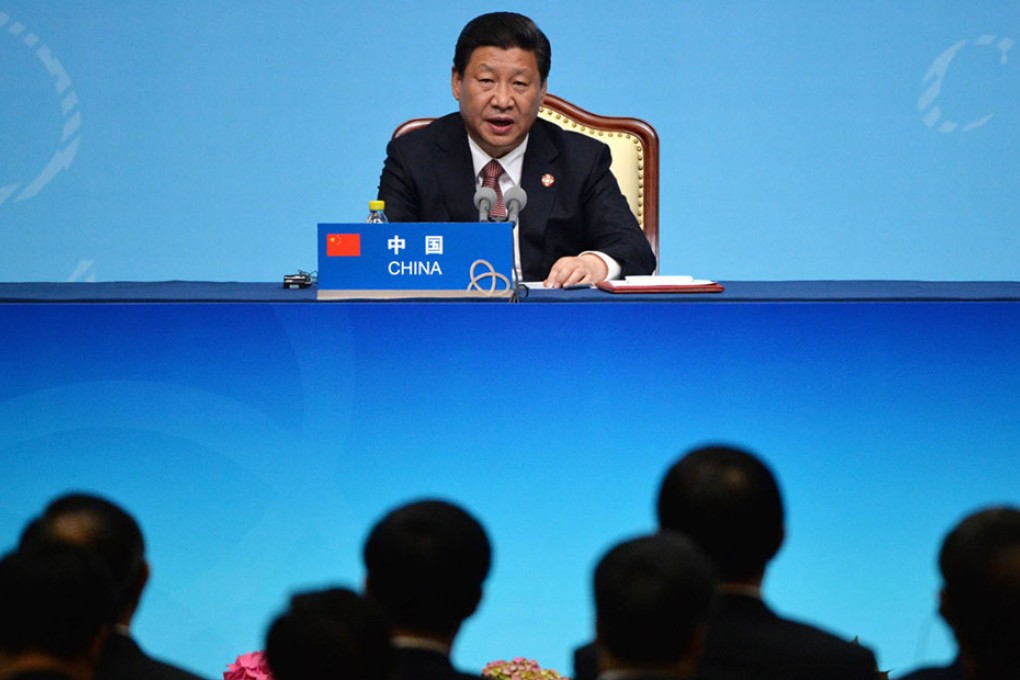Xi Jinping's 'Asia for Asians' mantra evokes imperial Japan
Curtis Chin is wary of China's challenge to the region's security status quo

A small but powerful exhibition on Manhattan's Upper East Side is helping to mark the 75th anniversary of the outbreak of the second world war - at least from a US perspective. But, like the best exhibits, the presentation of past events takes on new meaning in the context of an evolving world, and in this case, the growing economic and military assertiveness of China.
In touring the exhibition of old words and images, a very modern, troubling question comes to mind: Does "New China" equal "Old Japan"? Or, more pointedly, does China risk becoming the Japan of some seven decades past, namely a rising nation that sparks conflict and then war under the guise of "Asia for Asians"?
This comes to mind particularly when viewing an old Japanese wartime propaganda poster from the Philippines. The small poster shows parts of East and Southeast Asia, and reads in English: "December 8th. The third anniversary of Greater East Asia War to defend Asia for and by the Asiatics. Japan's victory is the Philippines Triumph."
December 8 is, of course, the date from Asia's side of the dateline of the Japanese attack on Pearl Harbor. On display at the Grolier Club, the poster is part of an exhibition on the words and images of war.
In looking at the artefacts of past war, one cannot but help draw connections to conflicts today. Trouble is brewing in the East China and South China seas, where an increasingly assertive China is seen by many of its neighbours as a schoolyard bully, taking by force what it could not through diplomacy.
The stationing of a massive deep-water oil rig by China in waters also claimed by Vietnam has been the latest flashpoint and tensions continue to escalate. The past few weeks, let alone years, are no model for a way forward when it comes to dispute resolution.